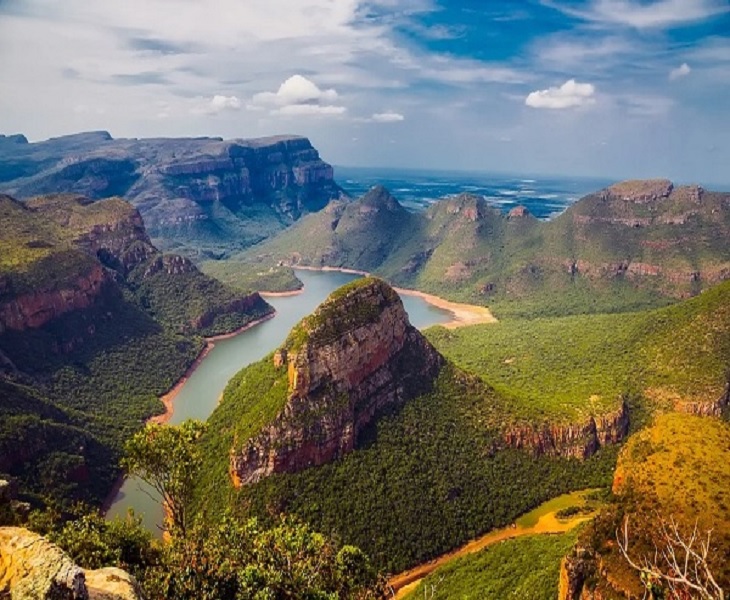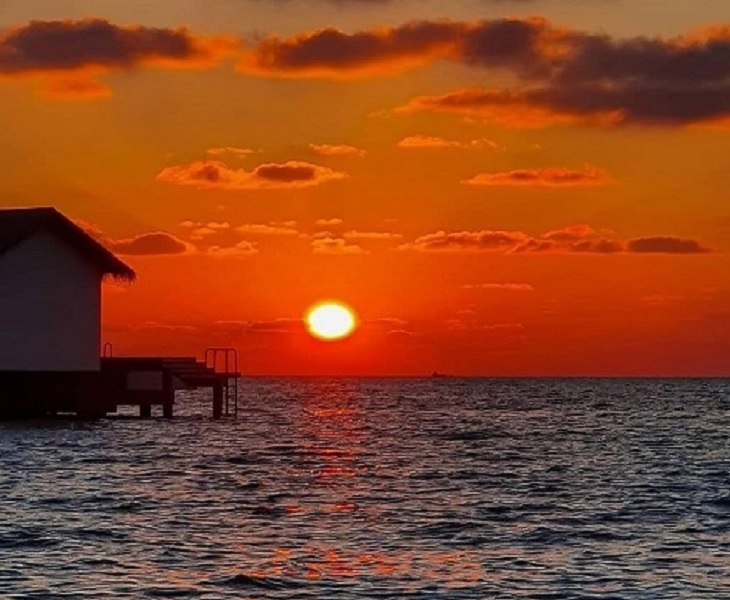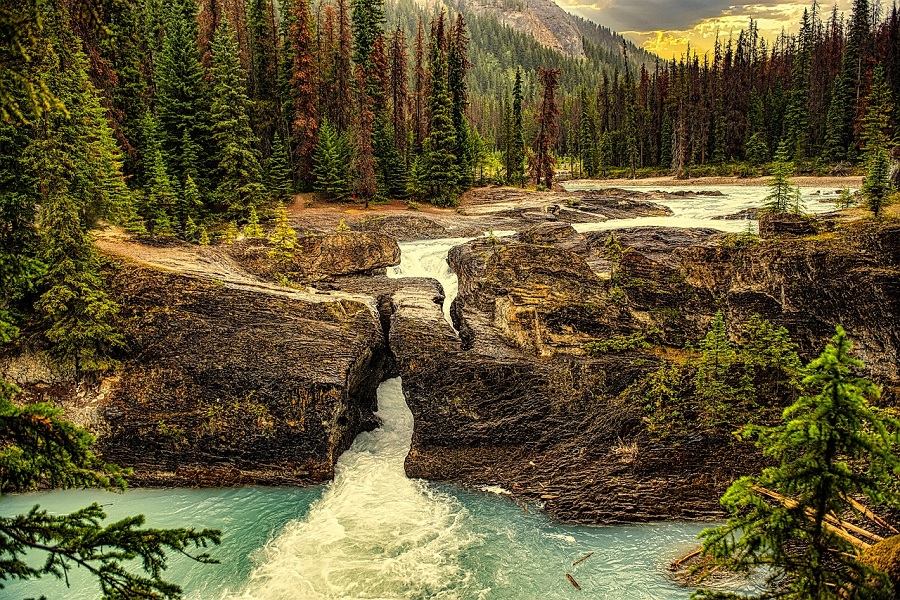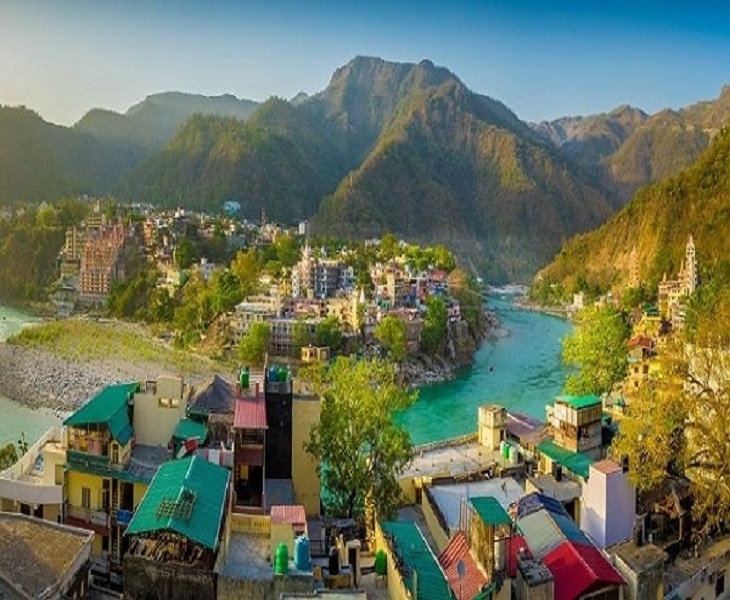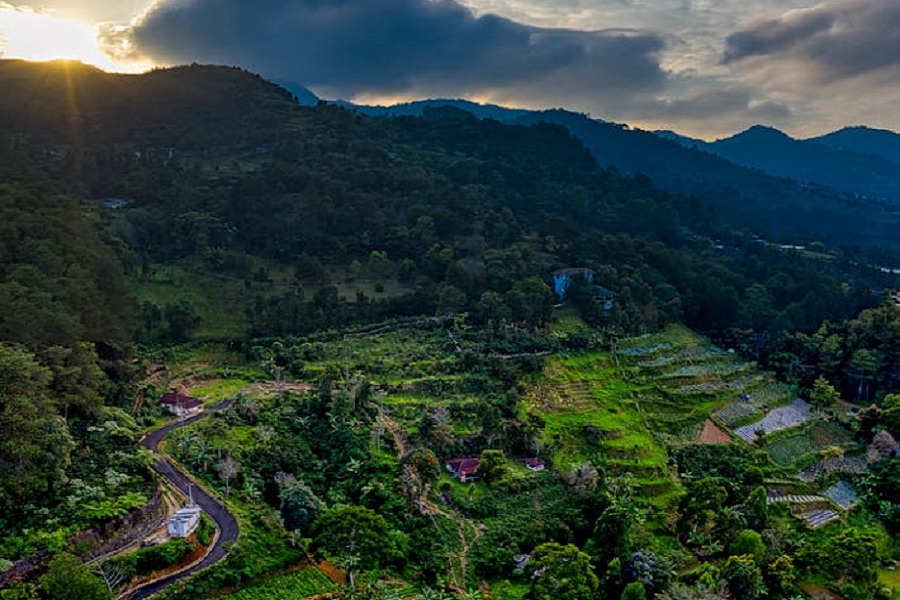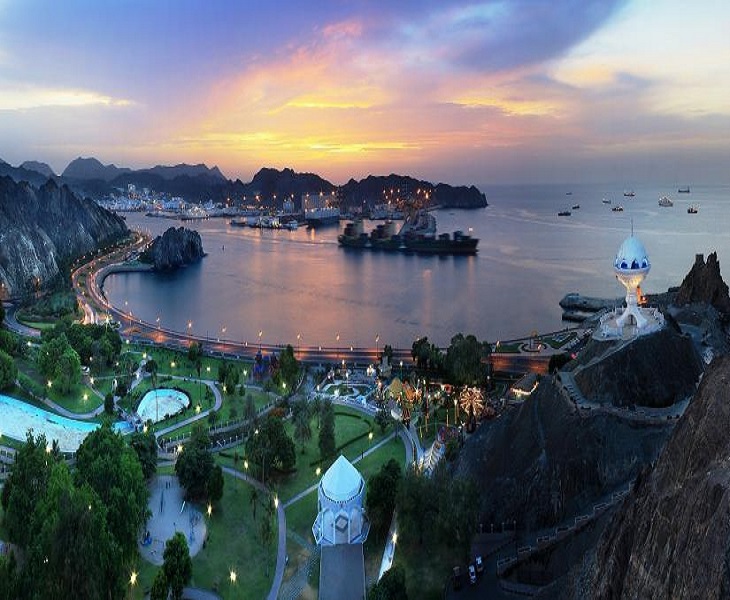Go back to nature
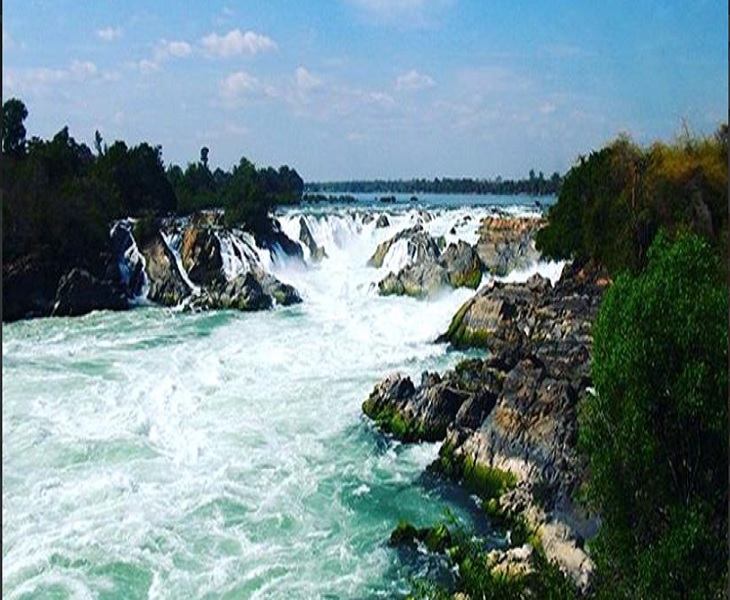
The small south-east Asian country of Laos is an untouched gem. A former French colony, its serene surroundings and biodiversity are a nature traveller's dream come true. IANSlife offers a glimpse into the wonders of Laos, that are waiting to be discovered.

Rivers
Covering more than 40 per cent of river Mekong's catchment area, Laos has many excellent rivers that traverse dense jungle, deep gorges and sometimes flow through extensive cave systems. Lao rivers can be either wild and challenging, or mellow and mild, depending on the season. These rivers are long and allow for multi-day journeys, unlike the rivers in neighbouring countries. The rivers run where roads don’t, so one passes through relatively undisturbed rainforests and encounters few signs of development, with chances to see birds and wildlife.
* Waterfalls
The country’s high annual rainfall, mountainous terrain and extensive river systems create some of the most impressive waterfalls in the world. In fact, the largest waterfall by volume in Southeast Asia, Khone Phapheng, is located in Laos. Laotian people often use waterfalls (called 'Tad' in the Lao language) for weekend getaways, picnics and family get-togethers. Thus, many waterfalls have relaxing rest stops, accommodation and locally guided tours.

Wildlife
Laos has one of the most pristine natural landscapes in southeast Asia and it plays host to a diverse flora and fauna. Several exotic mammals are endemic such as leopard cats, Javan mongoose, goat antelopes as well as rare species of gibbons and linger, Malayan sun bear, Asiatic black bear and gaur. The discovery of the Saola Ox, a breed of deer-antelope, in Vietnam a few years ago caused a great sensation. In southern Laos, near Khong Island, Irrawaddy dolphins inhabit the Mekong river. Laos is also rich in resident and migrating birds. One of the more notable ones is the rare Green Peafowl. However, many wildlife species are threatened by illegal hunting.
* National Protected Areas (NPAs)
The 20 National Protected Areas cover nearly 14 per cent of the country. With large tracts of tropical monsoon forest, diverse wildlife populations and bizarre karst limestone formations riddled with caves, NPAs have an abundance of extraordinary things to see. Although most NPAs are remote and difficult to reach, there are many eco-tourism activities such as trekking, rafting, bird watching and camping that allow one to experience the country’s magnificent natural and cultural diversity.
From Vientiane (Loatian capital), the most accessible NPAs is Phou Khao Khouay, where one can trek, visit spectacular waterfalls and spend the night in an elephant observation tower on the edge of the park.


















